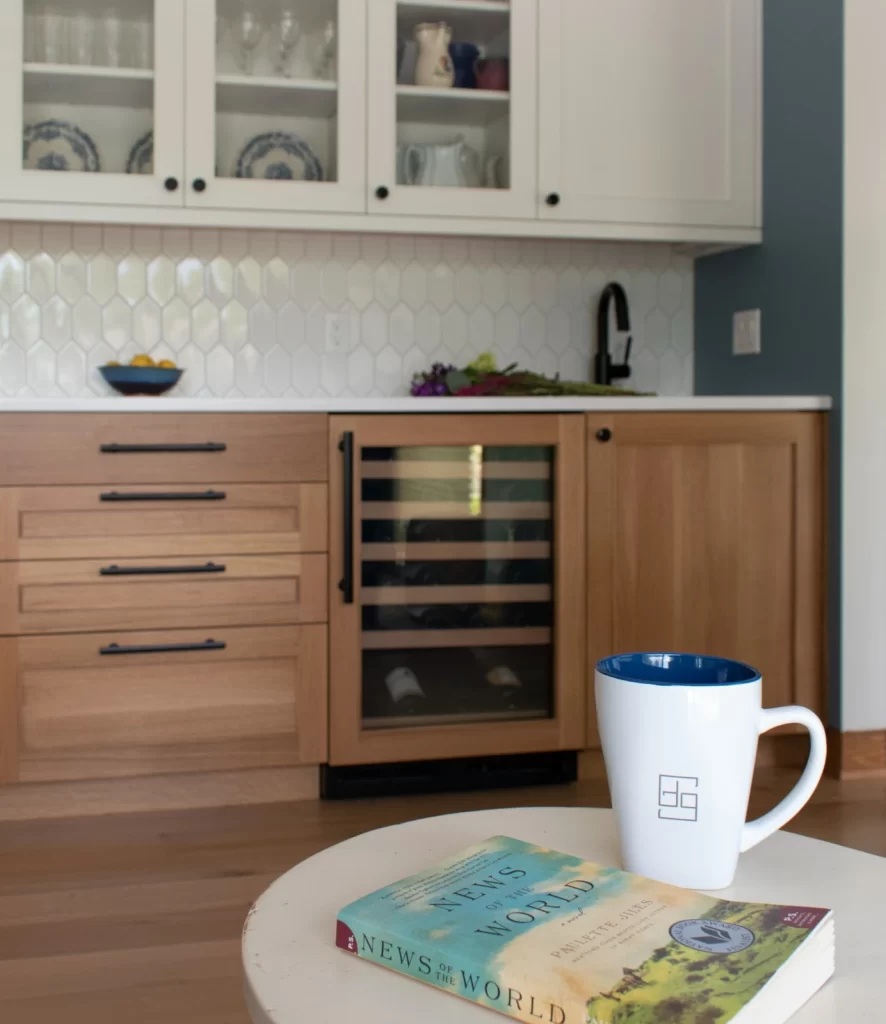Interior Design: Trends for 2021
What’s In and What’s Out If you spend much time at all on the internet, you’re sure to see articles touting what interior design elements and home décor are in and what are out this year. You may have even received similar articles in your inbox. While reading any of them, you’ve probably found yourself either nodding in agreement with the article that confirms your hexagon backsplash was a good investment, wondering how in the world the author could think that you should part ways with your avocado cabinets, or be completely confused because one article states symmetry in your living room is what you should strive for while another states the exact opposite. How is one to know what elements won’t be tired and outdated in five years?! Don’t Design for Trends There’s an easy way to avoid costly designs you’ll dislike a few years down the road: Do not design to the trends. Design for what you like. Design for functionality. Design for the architecture of your home. Design for the way you live. (Those open glass shelves in the kitchen are beautiful, but only when they’re spotless, so unless you’re willing to dust daily, they may not be the best option for you.) Just because an element or a style is suddenly seen everywhere, doesn’t necessarily make it a trend that we’ll look back on in disbelief we ever incorporated it into our homes. For instance, shiplap has been popular for several years and when placed appropriately, it won’t go out of style. Same with wood beams or barn doors. Those look trendy in a 1970s ranch, but can be timeless in a cottage or cabin. Open Concept: One Trend that is Changing Residential design tends to follow commercial design. Once modern office designs moved toward open workspaces, companies found that the open concept actually hindered productivity due to a lack of privacy, natural distractions, and sound control. It’s understandable that when workers who weren’t used to working from home suddenly had to, they found that their open concept at home didn’t function well either. We are now seeing some of our residential clients moving away from the open concept. For their lifestyle, they find it doesn’t work for them – lack of sound control, difficulty in furniture and artwork placement, lack of privacy – all can make living and working difficult. Maybe those walls aren’t so bad after all. Holistic Approach to Design When embarking on an interior design project, it’s important to take the entire space into account, not just the one room in which you may be working. You don’t want it to feel “remodeled.” How do you function in the space? How does the area flow with the spaces nearby? To make the most of your investment, ensure your interior designer designs for the era and the architecture of your home. In some cases, you’ll need someone who can blend styles. Say you love modern design, but your home is traditional. Find someone who can help you successfully meld the two. That’s how the space in which you live endures the plethora of trends that come and go and will save you money in the long run.

